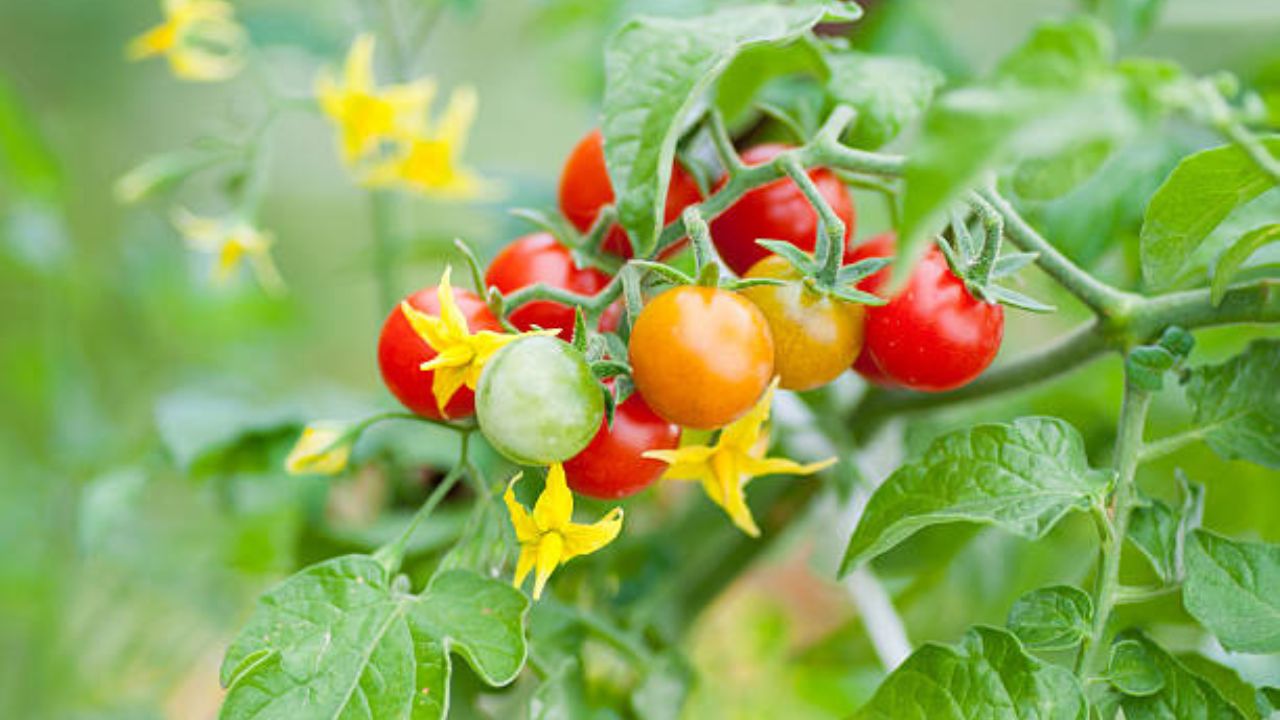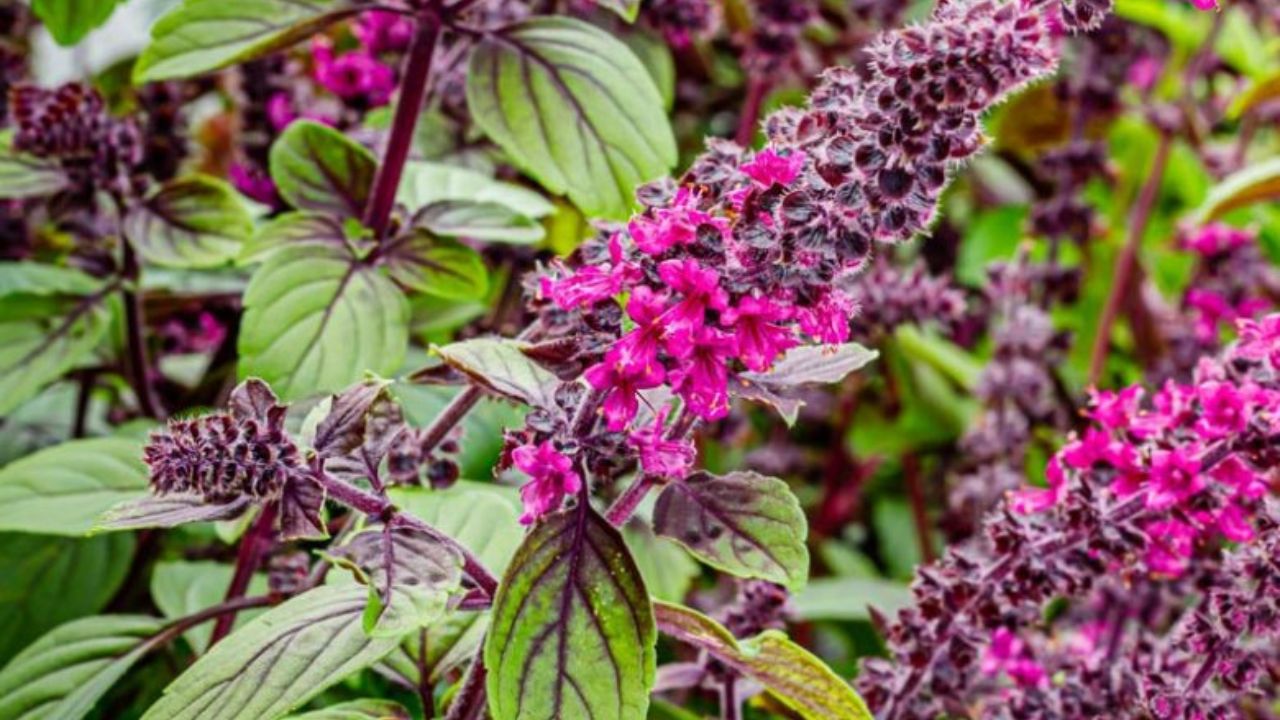To get a tomato plant to flower, it’s essential to create the right conditions, including choosing the right variety, providing ample sunlight, maintaining optimal temperatures, and ensuring proper care. These factors will help your plant thrive and produce abundant flowers, setting the stage for a successful harvest.
How to Get a Tomato Plant to Flower
Getting a tomato plant to flower is a crucial step in ensuring a successful harvest, as flowers are the foundation for fruit production. Achieving this requires more than just basic care; it involves creating the ideal growing conditions that encourage strong plant growth and vibrant blooms.
From selecting the right variety to providing proper sunlight, temperature, and consistent care, every factor plays a role in promoting healthy flowering. By following proven strategies and paying attention to the specific needs of your tomato plants, you can optimize their chances of blooming, leading to a fruitful and abundant crop.
Choose the Right Variety
When it comes to getting your tomato plant to flower, selecting the right variety is crucial. Different tomato varieties have varying growth habits, flower production, and fruiting patterns. Opting for the right variety that suits your garden’s conditions will set the stage for healthy flowering and a bountiful harvest.
Best Varieties for Flowering
Some tomato varieties are specifically bred for prolific flowering, leading to higher fruit production. Look for varieties such as Roma, Cherry, and Beefsteak tomatoes, which are known for their ability to bloom abundantly. These varieties tend to produce flowers early in the growing season, which can help you harvest tomatoes sooner. Choosing varieties that are naturally resistant to diseases will also contribute to a stronger plant and better flowering.
Consider Local Climate
Your local climate plays a significant role in how well tomato plants flower. Warm climates with long, sunny days typically support the growth of varieties like San Marzano and Early Girl tomatoes, known for their ability to thrive in heat. On the other hand, if you live in a cooler region, choose varieties such as Cold Set or Siberian, which are more tolerant of lower temperatures.
Always consider your region’s average temperature, humidity, and frost risk when selecting a variety to ensure optimal flower production.
Provide Proper Sunlight
Sunlight is a vital factor in the health and productivity of your tomato plants. Adequate sunlight encourages strong growth, abundant flowering, and higher fruit yields. Without enough light, tomato plants may struggle to flower, resulting in poor harvests. Here’s how to ensure your tomato plants receive the proper sunlight they need.
Ideal Sun Exposure
Tomato plants thrive best with at least 6-8 hours of direct sunlight per day. This amount of sun ensures that the plants receive enough energy for photosynthesis, helping them grow strong and produce vibrant flowers. Choose a planting spot that receives full sun for most of the day, especially during the warmer months, when the plant’s need for sunlight is highest.
In regions with intense summer heat, you may want to provide some afternoon shade to protect the plants from scorching, while still ensuring they get enough sunlight during the cooler parts of the day.
Adjusting for Shaded Areas
If your garden has shaded areas, consider planting your tomatoes in locations that receive indirect sunlight or early morning sun. You can also use reflective surfaces like white walls or aluminum foil to direct additional light onto the plants.
In areas with partial shade, opt for tomato varieties that are more tolerant of lower light conditions, such as Bush tomatoes or Patio varieties. These types are bred to perform well even when sunlight is limited.
If you’re growing tomatoes indoors, place them near south-facing windows or invest in grow lights to supplement natural sunlight. Ensuring your plants receive the right amount of light will encourage flowering and increase your chances of a successful harvest.
Maintain Optimal Temperature
Temperature plays a significant role in the growth and flowering of tomato plants. Maintaining the right temperature ensures that your plants remain healthy, bloom effectively, and produce high-quality fruits. Both extreme heat and cold can interfere with the flowering process, so it’s essential to monitor and adjust the environment as needed.
Ideal Temperature Range
Tomato plants grow best in warm temperatures. The ideal temperature range for tomato plants is 70-85°F (21-29°C) during the day and 55-70°F (13-21°C) at night. These temperatures promote healthy growth and encourage the plant to produce flowers. Consistent warmth supports optimal photosynthesis and encourages the plant to start flowering.
If temperatures fall within this ideal range, tomato plants will thrive, yielding abundant flowers that eventually lead to fruit production. For regions with cooler climates, consider planting tomatoes after the last frost date to ensure the plants are exposed to the right temperatures for flowering.
Effects of Heat and Cold
Tomato plants are sensitive to both excessive heat and cold. Excessive heat (over 90°F or 32°C) can cause flower drop, preventing the plant from setting fruit. High temperatures can also lead to sunscald, damaging the plant and hindering its ability to flower properly. In extreme heat, ensure your plants are adequately watered and consider providing some afternoon shade to protect them.
On the other hand, cold temperatures (below 50°F or 10°C) can severely stunt tomato plant growth and delay flowering. Exposure to frost can kill flowers and even damage the plant itself. To protect your plants from cold, consider using row covers or planting in containers that can be moved indoors during chilly nights.
Maintaining a stable temperature within the ideal range helps keep your tomato plants healthy, ensuring they bloom successfully and produce a plentiful harvest. By managing environmental conditions effectively, you can avoid the negative effects of both heat and cold, maximizing your plant’s potential.
Water and Feed Correctly
Proper watering and feeding are essential for healthy tomato plants that produce abundant flowers. Both overwatering and underwatering can stress the plant, affecting its ability to flower. Additionally, providing the right nutrients through fertilization encourages strong growth and more vibrant blooms. Here’s how to water and feed your tomato plants correctly.
Watering Best Practices
Tomato plants need consistent moisture, but they also require well-drained soil to prevent root rot. Follow these watering best practices:
- Water deeply: Ensure water reaches the plant’s root system by watering deeply. Shallow watering can lead to weak roots and poor flowering.
- Water at the base: Aim to water at the base of the plant, avoiding wetting the leaves. Wet foliage can increase the risk of diseases like blight.
- Consistent moisture: Keep the soil consistently moist, but not soggy. Watering once a day is often sufficient, but adjust based on the weather and soil conditions.
- Mulch to retain moisture: Use mulch around the base of your tomato plants to help retain moisture, especially during hot weather.
Fertilizer for Flower Growth
Providing the right nutrients through fertilizer supports strong plant growth and encourages flower development. Here’s how to fertilize your tomato plants for optimal flowering:
- Balanced fertilizer: Use a balanced fertilizer with equal amounts of nitrogen, phosphorus, and potassium (NPK). This ensures the plant gets the nutrients it needs for both healthy foliage and flowers.
- Phosphorus for flowering: Phosphorus is essential for flower and fruit development. Look for fertilizers with a higher middle number (e.g., 5-10-5 or 10-20-10) to promote flower growth.
- Slow-release fertilizer: Consider using slow-release fertilizers to provide a steady supply of nutrients over time, reducing the need for frequent applications.
- Avoid over-fertilizing: Too much fertilizer, particularly nitrogen, can encourage lush leaf growth at the expense of flowers. Stick to the recommended amounts to avoid imbalance.
Related Questions People Often Ask:
How Often Should I Water My Tomato Plants For Optimal Flowering?
Water tomato plants consistently, aiming for once a day, depending on weather conditions. Ensure the soil is kept moist but not soggy. Deep watering encourages strong root development, which is crucial for flowering.
What is The Best Fertilizer For Promoting Tomato Flowers?
Use a balanced fertilizer with a higher phosphorus content (e.g., 10-20-10). Phosphorus supports flower growth, while nitrogen and potassium help with overall plant health. Avoid over-fertilizing, as too much nitrogen can stunt flower production.
Can My Tomato Plants Flower in Cooler Temperatures?
Tomato plants thrive in warm temperatures, ideally between 70-85°F (21-29°C). Temperatures below 50°F (10°C) can delay flowering or even cause flowers to drop. Plant tomatoes after the last frost to ensure optimal conditions for flowering.
Overall Reflection
To get a tomato plant to flower, ensure it receives the right variety, plenty of sunlight (6-8 hours), optimal temperatures (70-85°F), and consistent watering. Use a balanced fertilizer with phosphorus to promote flowering. These factors will help your plant thrive and produce abundant blooms.




